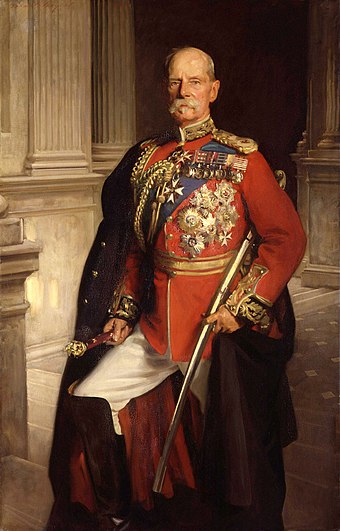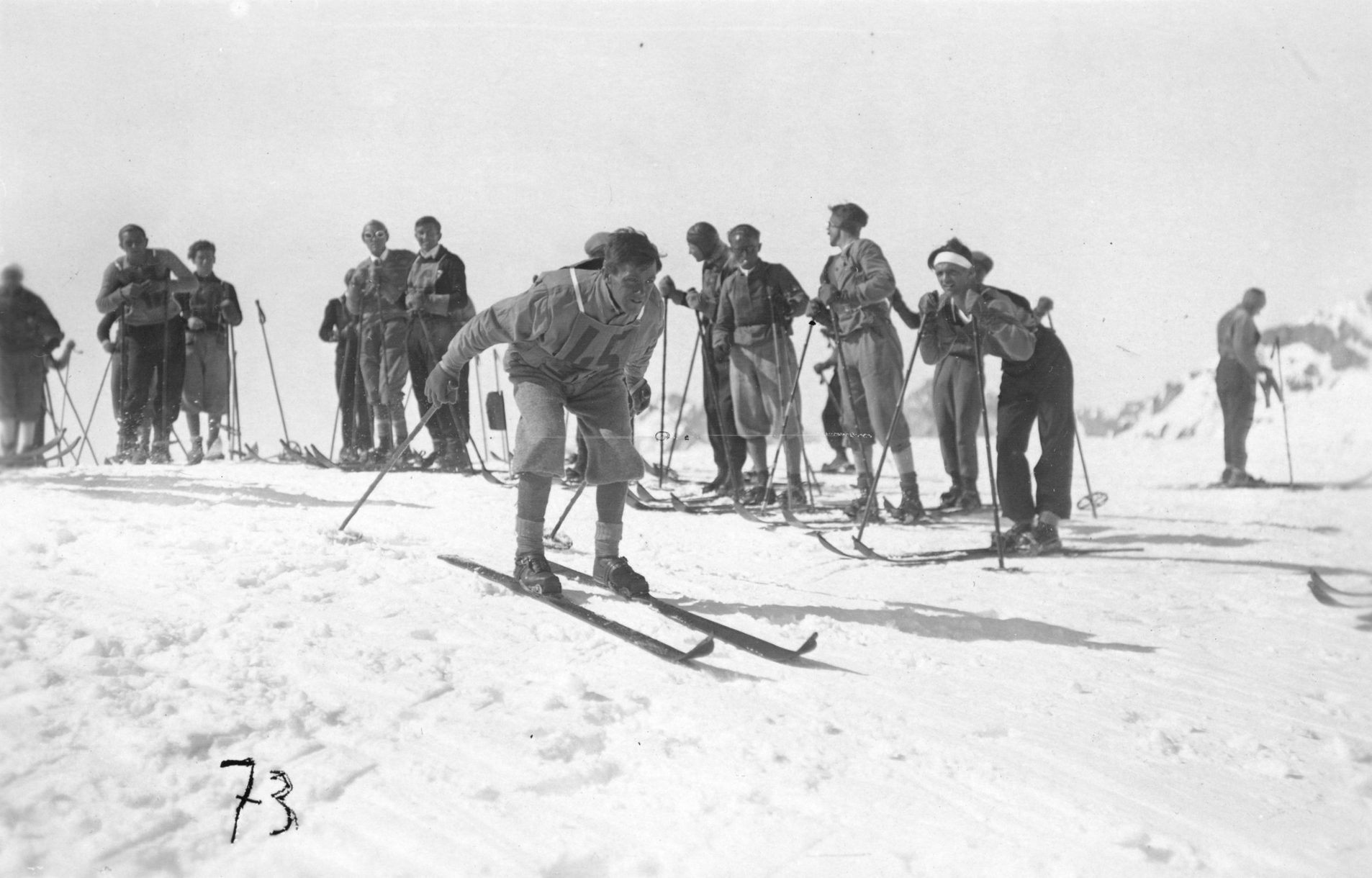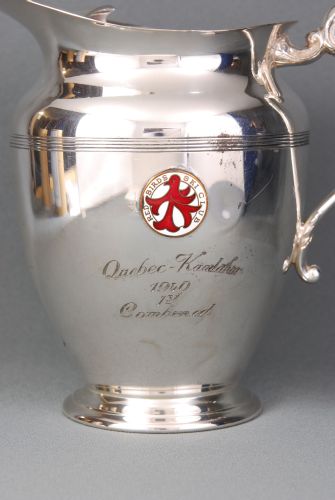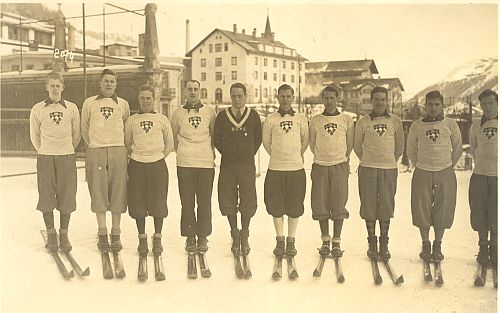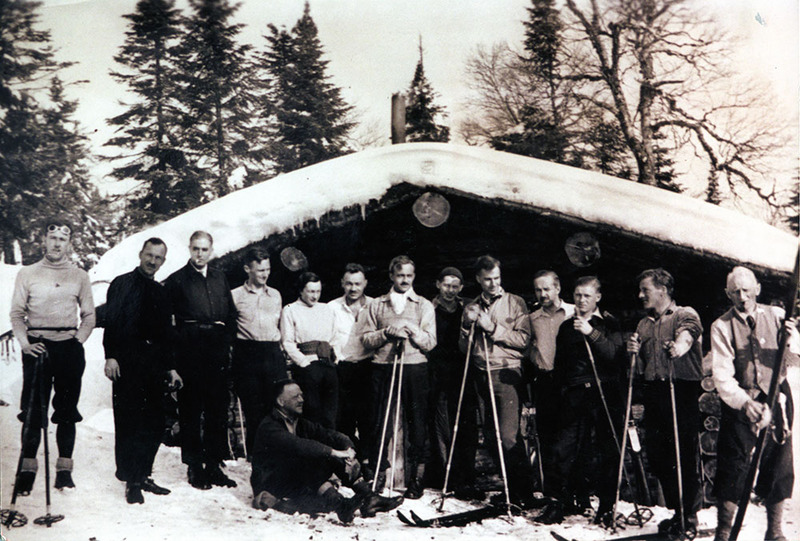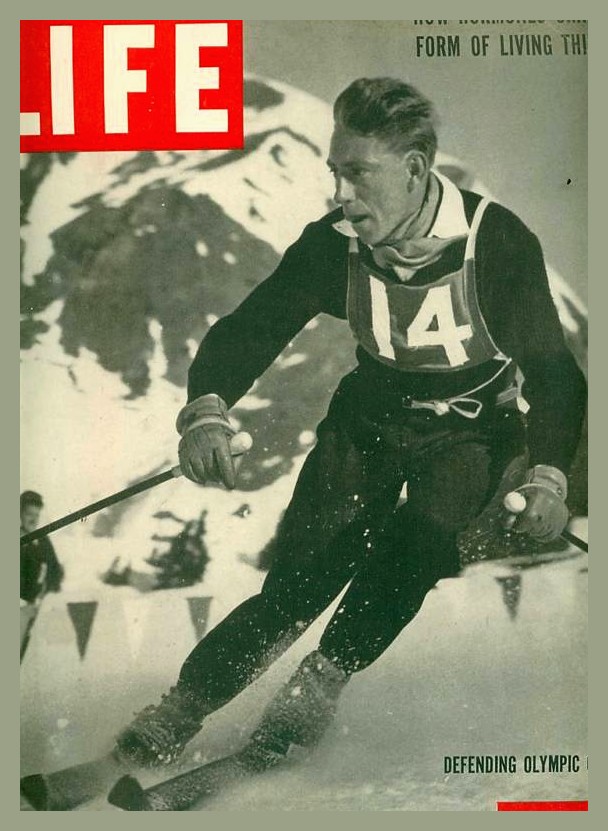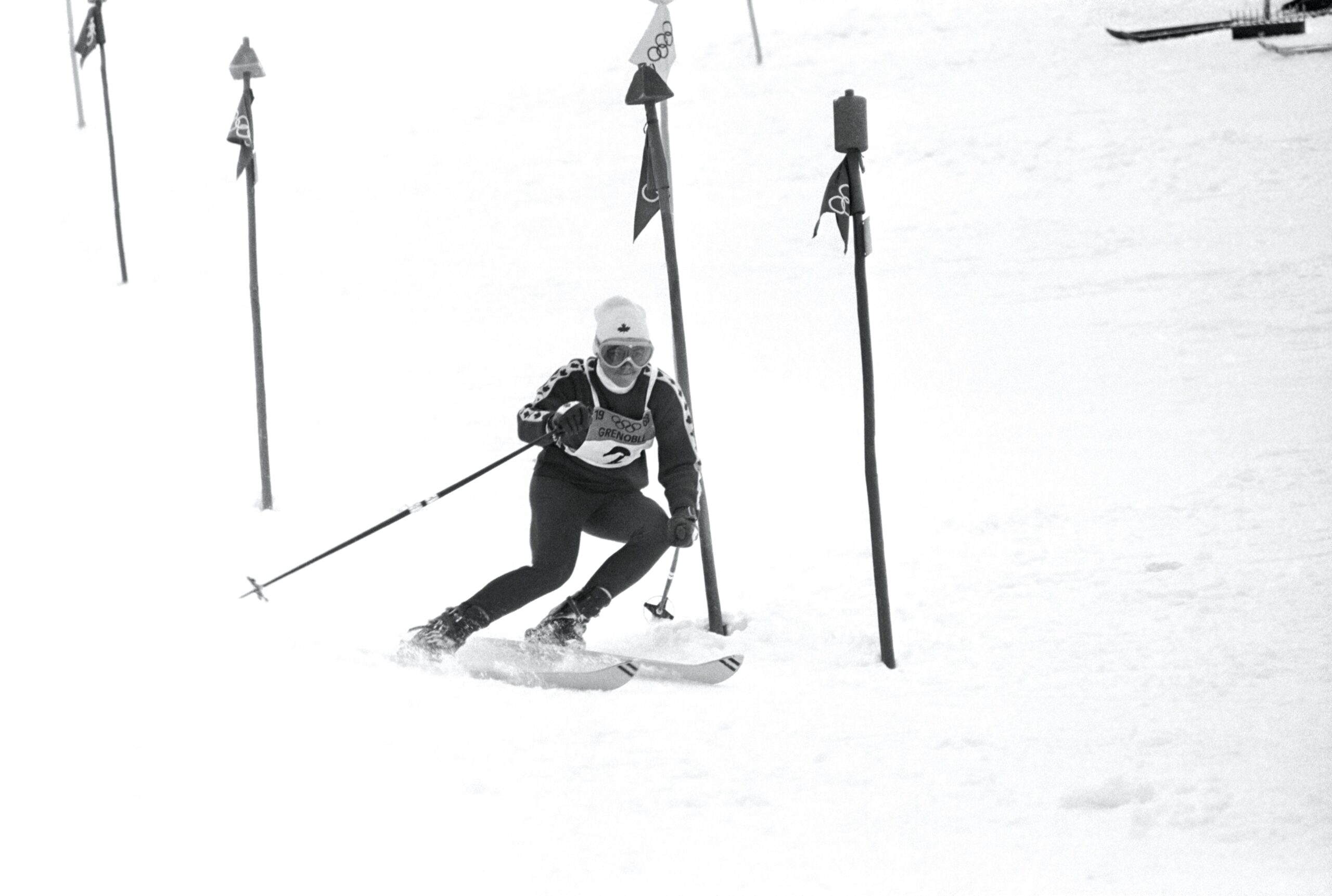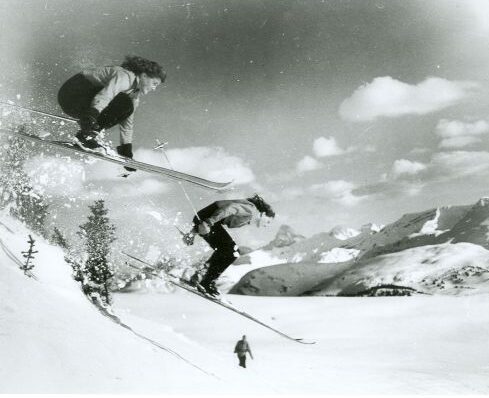The Québec Kandahar Cup has been Canada’s premier alpine ski racing event ever since the world-renowned Kandahar Club in Mürren, Switzerland gifted the silver trophy to the Canadian Amateur Ski Association in 1931. These are the stories that led to its creation and cemented its place in skiing history.
Story by Dave Fonda, for the Canadian Ski Hall of Fame and Museum.
